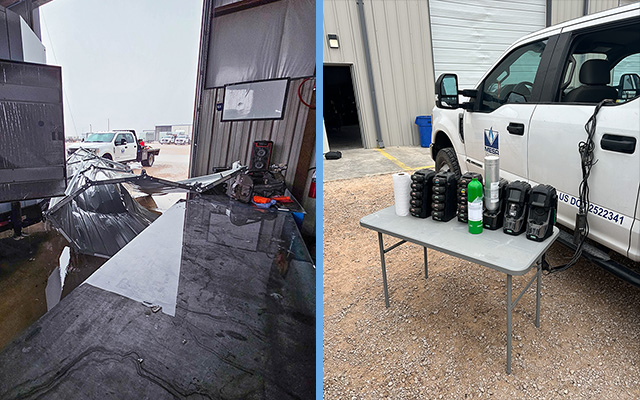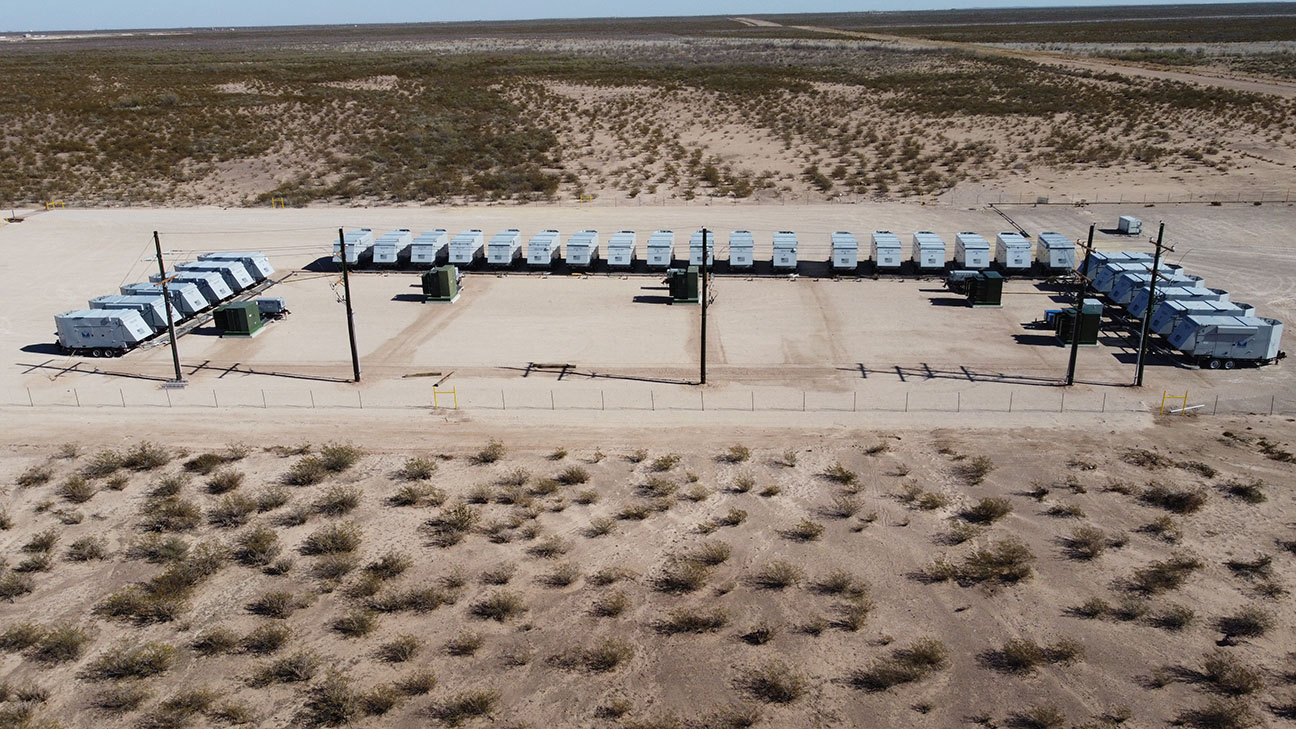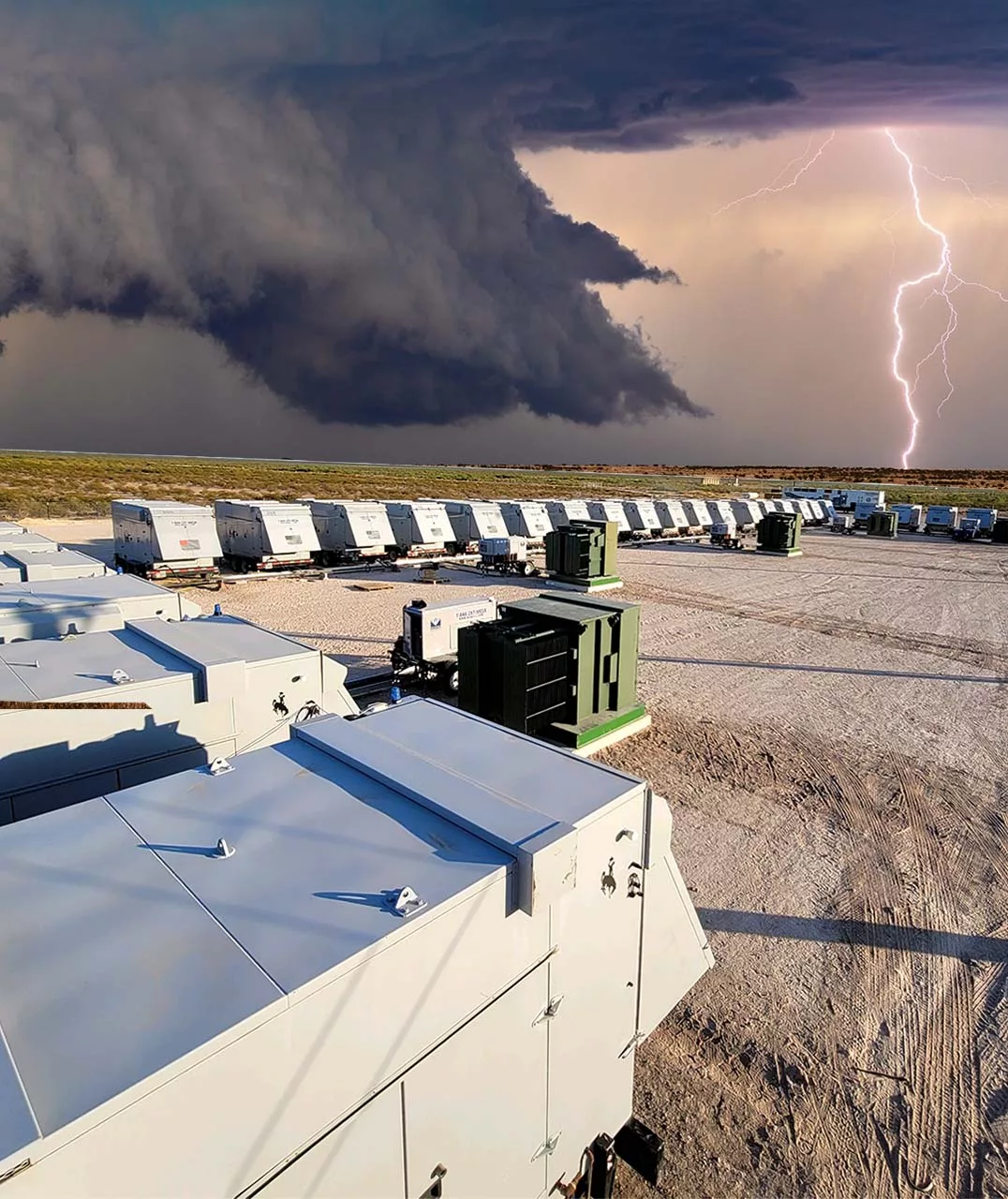Table of Contents
In this, the last set of the 12 Rules of Leadership (as taught by Jocko Willink in the book, Leadership Strategy and Tactics), let’s look at the final of three rules. Rules 10, 11, and 12 all talk about key qualities for someone in a leadership role to foster. These rules wrap up what it means to be a well-rounded leader. Read below for some personal stories and insights from some of the leaders within the Mesa organization. This title is on the Mesa’s Leadership Reading List, which you can find here.
To find the other parts of the series, be sure to check out the links at the end of this article.
Rule of Leadership #10: Be Decisive. When it's time to make a decision, make one.
Decisiveness is the ability to make clear-cut and timely decisions with the appropriate amount of information. Being decisive is different than being impulsive or acting without thinking. Instead, being decisive means making decisions that are well thought out and backed by evidence. Here at Mesa, as in any workplace, decisiveness is key to effectively executing plans and achieving goals.
Anyone who has worked for me or sat through my Leadership 101 classes has heard this line: “Make a decision, and as long as it is not illegal or immoral, I’m going to back you.” As a leader, I may not always agree with the decision you made or the path you took to get there, but that is where coaching and mentoring come into play. We can peel back the onion later and walk through the steps you took to get to that decision. As we continue to operate in a decentralized environment, leaders at all levels will be looked upon to make decisions daily that impact the teams they lead. Being decisive in these decisions helps to create efficiencies throughout the organization. Disorganization and inefficiencies can be a drain on any organization, so making it a priority to become better decision-makers only makes the organization stronger.
The best piece of advice I can give on this topic is to stop worrying about making “bad” decisions. Often times those fears will keep you from being decisive. Embrace and acknowledge that each decision you make can lead to a learning opportunity.
Shawn Fisher, Executive Vice President
————————
Rule of Leadership #11: Build Relationships. That is your main goal as a leader. A team is a group of people who have relationships and trust one another. Otherwise, it is just a disconnected, incoherent cluster of people.
In my role as the training and development manager, I recognize the importance of building strong relationships with my team to enhance collaboration and effectiveness. To foster these relationships, we hold regular team meetings where we discuss upcoming training programs, share best practices, and address any challenges we are facing. These meetings provide a platform for open communication and allowed us to learn from each other’s experiences.
Additionally, we conduct team-building activities outside of work hours. For example, Senior Training & Development Coordinator, Wayne Musgrove arranged for the team to participate in a Tough Mudder obstacle race where we could build camaraderie and teamwork, socialize, and get to know each other on a more personal level. This informal setting helped break down barriers and build trust among team members.
Furthermore, I actively seek opportunities to collaborate with my team on training projects. I reach out to them to help or seek their expertise when needed. By working together, we can leverage each other’s strengths and create more comprehensive and impactful training programs.
Building relationships within the training department improved our teamwork and enhanced the overall quality of our training initiatives. We have become more comfortable sharing ideas, providing constructive feedback, and supporting each other’s professional growth. These relationships make the workplace more enjoyable and result in improved collaboration, knowledge sharing, and, ultimately, better outcomes for our learners.
Through these efforts, I witnessed firsthand how investing in building relationships positively impacts our collective performance and contributes to a more cohesive and supportive work environment.
Harold Pafford, Training and Development Manager
————————
Rule of Leadership #12: Get the job done. This is the purpose of a leader - to lead a team in accomplishing the mission. If you don't accomplish the mission, you fail as a leader. Performance counts.
When I think of examples of times through my Mesa career where I have had to “Get the Job Done” or accomplish the mission, my mind goes back to when I first started in the Permian Basin. Back in 2018, I was hired as an operations assistant to Kyle Cahenzli. I came up to Casper and went through three weeks of generator technician training. I met several phenomenal Mesa team members and headed down to see what my new life in New Mexico and Texas was going to look like.
When I got to the Permian, Kyle was out for a few weeks taking care of his wife and welcoming his twin boys into the world. Cruz Cabral and a few motivated field and shop leads were running the show. Their plate was already full; they did not have time to sit me down for a month and walk me through step by step what to do. I had to figure out my role on the team and execute it to the best of my ability. I started observing, asking questions, going on call, and building relationships. I noticed very quickly that not one employee in the Permian Basin ever said, “That’s not my job.” Everyone would do whatever it took to “Get the Job Done.” Whether it was Jonathan Jenkins staying until 10 p.m. to load bank units, Cruz stepping in to wash generators so the mechanics could focus on fixing them, or Cody Dalton taking a weekend on call from a generator technician so they could spend an important weekend with their family. The examples of “Get the Job Done” were frequent and apparent daily. I took these examples and started to implement them every day. For the next six months, I was doing exactly what those guys did. I would do anything I could to help the Mesa team “Get the Job Done.” Those examples from those guys and a “mission first” mentality in the Permian Basin are part of any success I have had over the last few years.
As an organization, we did not know exactly what the 12 Rules of Leadership were in 2018, much less when Mesa first started. But as I read back through these rules and read the stories attached to them, I know Mesa has been practicing them since Day 1. It is great to see Mesa evolve and prioritize education. Now these rules are defined, written down, and accessible for our employees to learn and work on.
As Jocko writes, “It’s all on you, but not about you.” You need to implement these 12 rules to the best of your ability with the intent to help your team succeed. If you utilize these tactics for your own personal gain as an individual, your team will be able to spot it. INTENT HAS A SMELL, and your team will be able to identify it. Take the first 11 rules, find the balance, and implement them with the intent of getting the job done to benefit the team and the organization. Mesa’s goal is to be the global leader in the responsible and reliable power solutions industry. Pursuing and accomplishing this mission will allow us a larger platform to afford opportunity and growth to hundreds of current and future employees and their families. Implementing these 12 rules and getting the job done is what will drive us there.
Josh Wilson, Director of Assembly
————————












